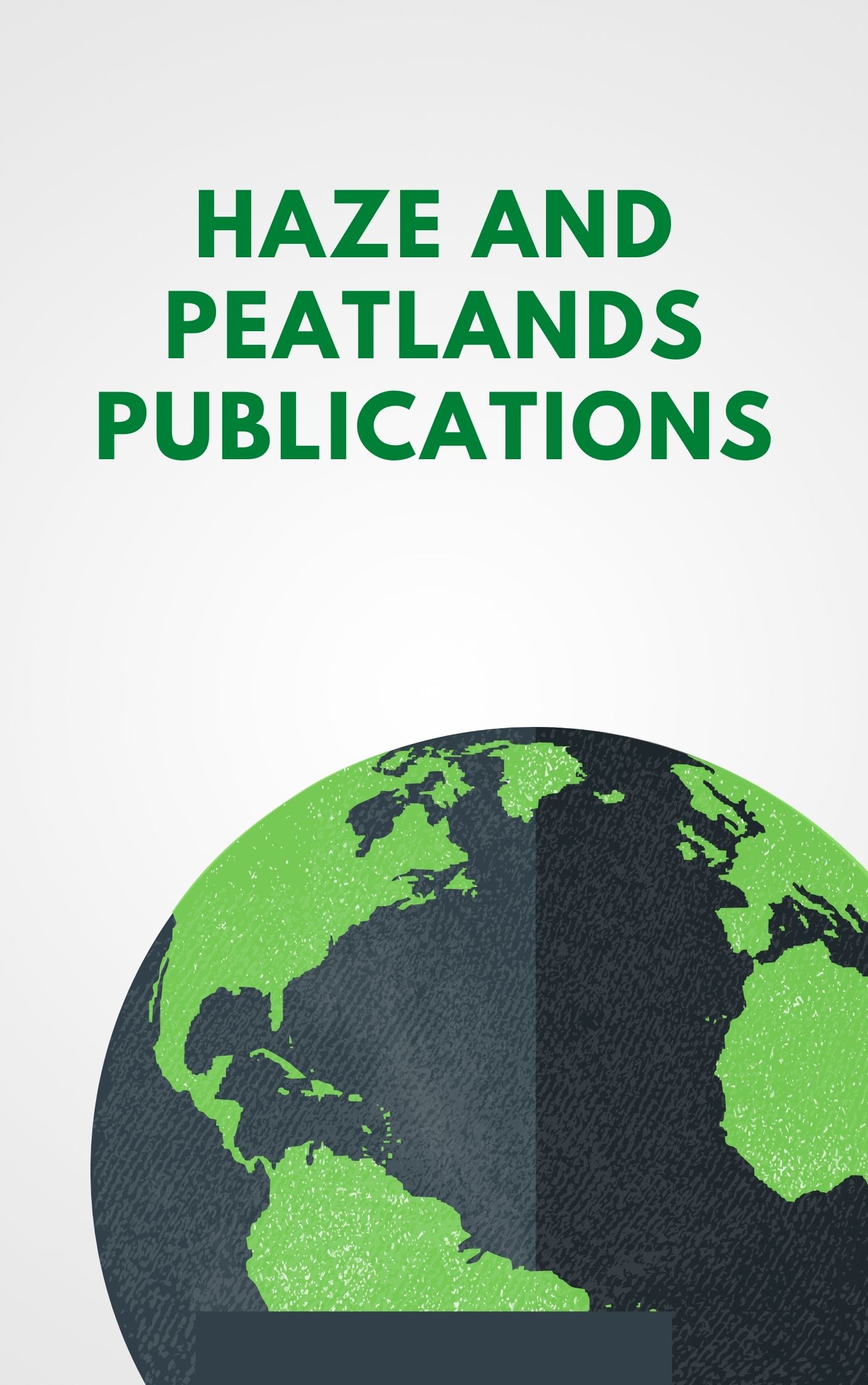Disentangling land-use and climatic influences on peat subsidence, and establishing the long-term trajectory of subsidence, are necessary to determine the future economic and environmental sustainability of managed peatland landscapes. While many peatlands in temperate regions such as Europe have been drained for centuries, those of Southeast Asia have mostly been drained for agriculture and forestry practices within the last 30 years. These areas are subsiding rapidly, but few long-term subsidence records exist, and it is unclear whether currently high subsidence rates will be maintained in future. Furthermore, large-scale climate fluctuations associated with the El Niño Southern Oscillation (ENSO) and Indian Ocean Dipole (IOD) exert a strong year-to-year influence on rainfall rates, affecting water table depth dynamics in both managed and intact peatlands. In this study, we analysed data collected over more than a decade of subsidence measurements from over 400 plantation and forest plots in Sumatra, Indonesia, including a unique set of 62 sites that have been continuously monitored since 2007. We show that spatial and temporal variations in subsidence rates are primarily determined by water table depth. We also find evidence of declining subsidence rates as a function of time since initial drainage, consistent with previous instrumental records from high-latitude peatlands and recent satellite data from tropical peatlands. Subsidence rates over the study period were strongly affected by the large ENSO/IOD-linked drought event in 2015–16, which caused an acceleration of subsidence across all sites. In plantation areas, we estimate that this climate perturbation caused around 14 % of subsidence observed over a twelve year period. At interior forest sites this rose to 32 %, and we found little evidence of ecosystem recovery to the end of 2018. This raises the possibility that repeated extreme droughts in the region could lead to long-term degradation of peat swamp forest ecosystems.
View source

